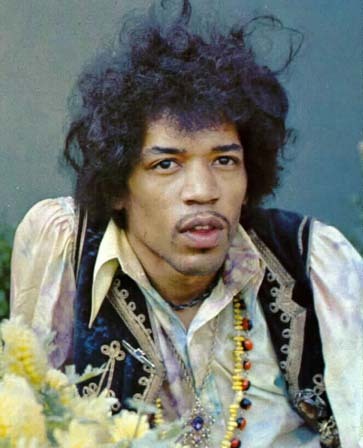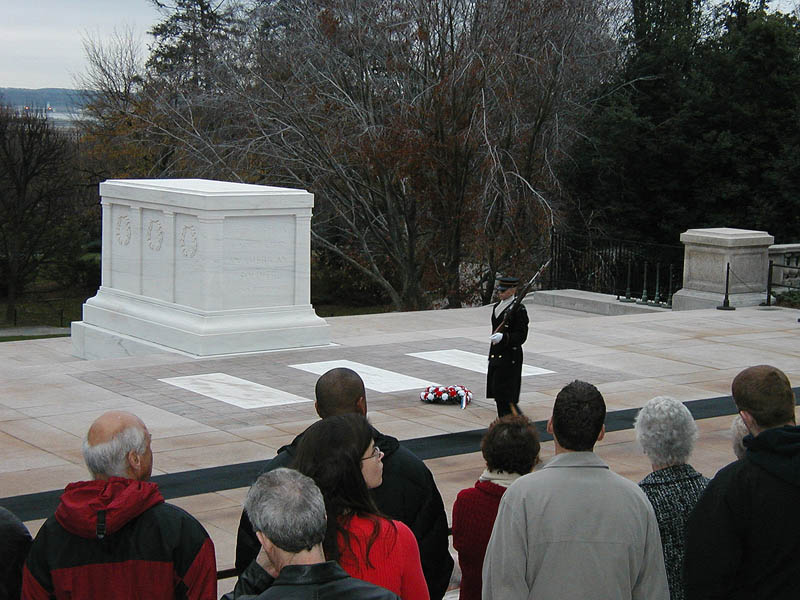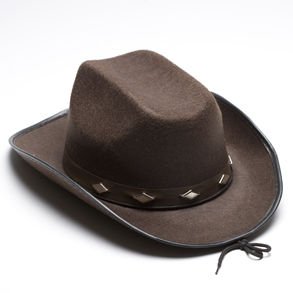Wrapping Up: Black History Month 2014
event, everyday glory, food for thought, history No Comments »Friday – 28 February 2014
The month has flown by, but I didn’t want to let it get away without finishing up Black History Month coverage. Here we go…
Chew on This: Food for Thought – Black History Month
- Selma Marches – Early in 1965, the Southern Christian Leadership Conference (SCLC) and a number of other civil rights organizations decided to dramatize the denial of black voting rights in Alabama by marching from Selma to the Alabama state capital of Montgomery, a distance of fifty-four miles. Led by Martin Luther King, the first attempt to stage the protest was broken up on March 7 by Alabama state troopers using night-sticks, tear gas and whips. The troopers, it was reported, were merely enforcing Governor George Wallace’s order banning the demonstration. The fact that seventeen marchers were hospitalized and scores of others less seriously injured catapulted Selma into the national headlines. President Lyndon Johnson publicly stated that he deplored “the brutality with which a number of Negro citizens of Alabama were treated when they sought to dramatize their deep and sincere interest in attaining the precious right to vote.”The Selma to Montgomery Freedom March was again scheduled for March 21. President Johnson federalized the Alabama National Guard to protect the demonstrators, who safely completed the trek to Montgomery on March 25. Three days later, Dr. King appeared on national television to urge Americans to boycott Alabama produced goods and to demand a withdrawal of federal support of activities in that state. King’s speech, together with the Selma incident itself, did much to ensure the enactment of the Voting Rights Act of 1965.
-
Tanner, Henry O. – Born in Pittsburgh, Pennsylvania in 1859, Henry Ossawa Tanner was an especially gifted African American artist during the late-nineteenth and early-twentieth centuries.

Despite the objections of his parents, who wanted him to train for the ministry, Tanner decided early in life to pursue an artistic career. He attended the Pennsylvania Academy of Fine Arts, studying under the famous painter Thomas Eakins, between 1884-88. Following the completion of his studies, Tanner traveled to Atlanta, where he taught drawing at Clark College, supplementing his salary by opening a photographic studio. Although neither position proved to be financially lucrative and notwithstanding the fact that Tanner was only able to sell a few of his paintings (including his now famous “The Banjo Lesson”) during this period, he was able to save enough to leave the United States for further study in Paris in 1891.During the 1890’s, Tanner studied under Benjamin Constant and Jean Paul Laurens at the Academie Julian in Paris. It was during this period that he abandoned his earlier preoccupation with landscapes and “Negro themes,” turning instead to Biblical paintings, the basis of his subsequent fame. In 1896, his oil painting of “Daniel in the Lion’s Den” won an honorable mention in the Paris Salon, while his best known work, “The Resurrection of Lazarus,” won the third place medal at the Salon a year later. “Resurrection” was subsequently purchased by the French government to hang in the Luxembourg Gallery Collection, an exceptional and much coveted mark of distinction among contemporary artists.
Winning such prizes and honors as silver medals at the Paris Exposition (1900) and St. Louis Exposition (1904), a gold medal at the San Francisco Exposition (1915), and the French Legion of Honor, Tanner’s subsequent works include “Judas” (1899), “Two Disciples at the Tomb” (1906), “The Three Marys” (1912) and “The Wailing Wall” (1915). He lived in France until the end, dying at his country home in Normandy in 1937.
-
Uncle Tom’s Cabin – No single work of literary propaganda did more to strengthen the antebellum abolitionist movement and to intensify the acrimonious intersectional feelings which already existed between the North and South than Harriet Beecher Stowe’s Uncle Tom’s Cabin. Published in 1852, the book became immensely popular, selling more than 300,000 copies in the first year of publication. Translated into at least twenty-three different languages, UncleTom’s Cabin was also dramatized in hundreds of theatres throughout the North and in countries all over the world.
Although not an especially well-written book, Mrs. Stowe filled her pages with heartrending scenes of suffering, sorrow and pain, characteristics she associated with African American slavery. The story itself, of course, was a stirring indictment of slavery and of the abject cruelty associated with overseers, personified by the demoniacal and heartless Simon Legree.
Touching the hearts of millions, Uncle Tom’s Cabin converted many to abolitionism and many others to at least the realization that there was something inherently evil about the institution of slavery. Southern opinion, on the other hand, was largely defensive in nature. Most reviewers pointed out that Mrs. Stowe’s conception of plantation life was grossly distorted and biased. It was argued that all slaves were not as kindly and docile as Uncle Tom and that all overseers were not Simon Legrees. In reviewing the book for the Southern Literary Messenger (December 1852), for example, George Frederick Holmes called it a “dirty little volume [which struck] a deadly blow to all the interests and duties of humanity, and is utterly impotent to show any inherent vice in the institution of slavery.”
-
Voting Rights Act – The Voting Rights Act of 1965 culminated a century-long struggle on the part of the federal government to guarantee the right to vote for African Americans as provided for in the Fifteenth Amendment to the Constitution. The act created a corps of federal examiners to conduct voter registration and observe voting practices in states or counties where voting discrimination still existed. The examiners were expected to insure that “No voting qualification or prerequisite to voting, or standard, practice, or procedure [literacy tests, poll taxes, etc.] shall be imposed or applied by any state or political subdivision to deny or abridge the right of any citizen of the United States to vote on account of race or color.”
-
Wheatley, Phyllis was the first American black to have a book published.

Born in Senegal about 1753, she was brought to colonial America as a slave. Purchased in Boston by a prosperous merchant, John Wheatley, the young and frail child assumed the Wheatley surname. Her subsequent interest in writing (she wrote her first poem when she was thirteen) stemmed from her reading of the Bible and the classics under the tutelage of the Wheatley’s daughter, Mary. Twelve years after having arrived in America, Phillis Wheatley had not only mastered the English language but had also published a book of verse, Poems on Various Subjects, Religious and Moral (1773). Frail and sickly from birth, Wheatley died in 1784, having been manumitted six years earlier. -
Young, Whitney M., Jr. – One of the most prominent black leaders of the 1960’s and former Executive Secretary of the National Urban League (NUL), Whitney Moore Young, Jr. was born in Lincoln Ridge, Kentucky in 1921.

Educated at Lincoln Institute and Kentucky State College (B. S., 1941), Young studied for a year at the Massachusetts Institute of Technology before serving with the U. S. Army in Europe during World War II. Following the war, he attended the University of Minnesota and was awarded an M. A. degree in social work in 1947. The topic of his Master’s thesis was the history of the National Urban League’s chapter in St. Paul, Minnesota.From 1947 to 1950, Young acted as director of industrial tions and vocational guidance for the Urban League of .St. Paul. He was named executive director of the Omaha Urban League in 1950, a position he held until his appointment as Dean of the Atlanta University School of Social Work in 1954. Remaining at Atlanta until 1961, Young managed to double the school’s enrollment and budget, thereby increasing its national prestige. On August 1, 1961, he succeeded Lester Granger as Executive Director of the National Urban League. Although the Urban League traditionally had held aloof from active participation in the Civil Rights Revolution, under Young’s direction it became increasingly involved in the national effort to secure political and socioeconomic equality for American blacks. In 1963, for example, the NUL joined with the NAACP, CORE, SCLC and SNCC to plan and participate in the now-famous March on Washington.
In addition to his Urban League activities, Young was an esteemed author. His first book, To Be Equal, was published in 1964, with his Beyond Racism appearing in 1969. He also wrote a nationally-syndicated newspaper column, “To Be Equal,” which appeared in over one hundred papers throughout the United States. One of his most persistent themes was that the American government should provide for a domestic Marshall Plan which would expend upwards of one hundred billion dollars in a crash program to eradicate socioeconomic deprivation and inequity in American society. Young’s premature death in 1971, just three years after the assassination of Martin Luther King, deprived black America of another strong and influential leader.
- Zambo – Similar to the racial classification mestizo, which refers to an individual of mixed white and Indian ancestry, zambo denotes an individual of mixed black and Indian ancestry. Although zambos make up a significantly large element in the population of Latin America, in the United States their presence is relatively negligible. The term itself should be distinguished from the American word Sambo. The meaning of zambo has no relation, linguistically or otherwise, to Sambo.
And that wraps up Black History Month for another year.
Namaste.









































